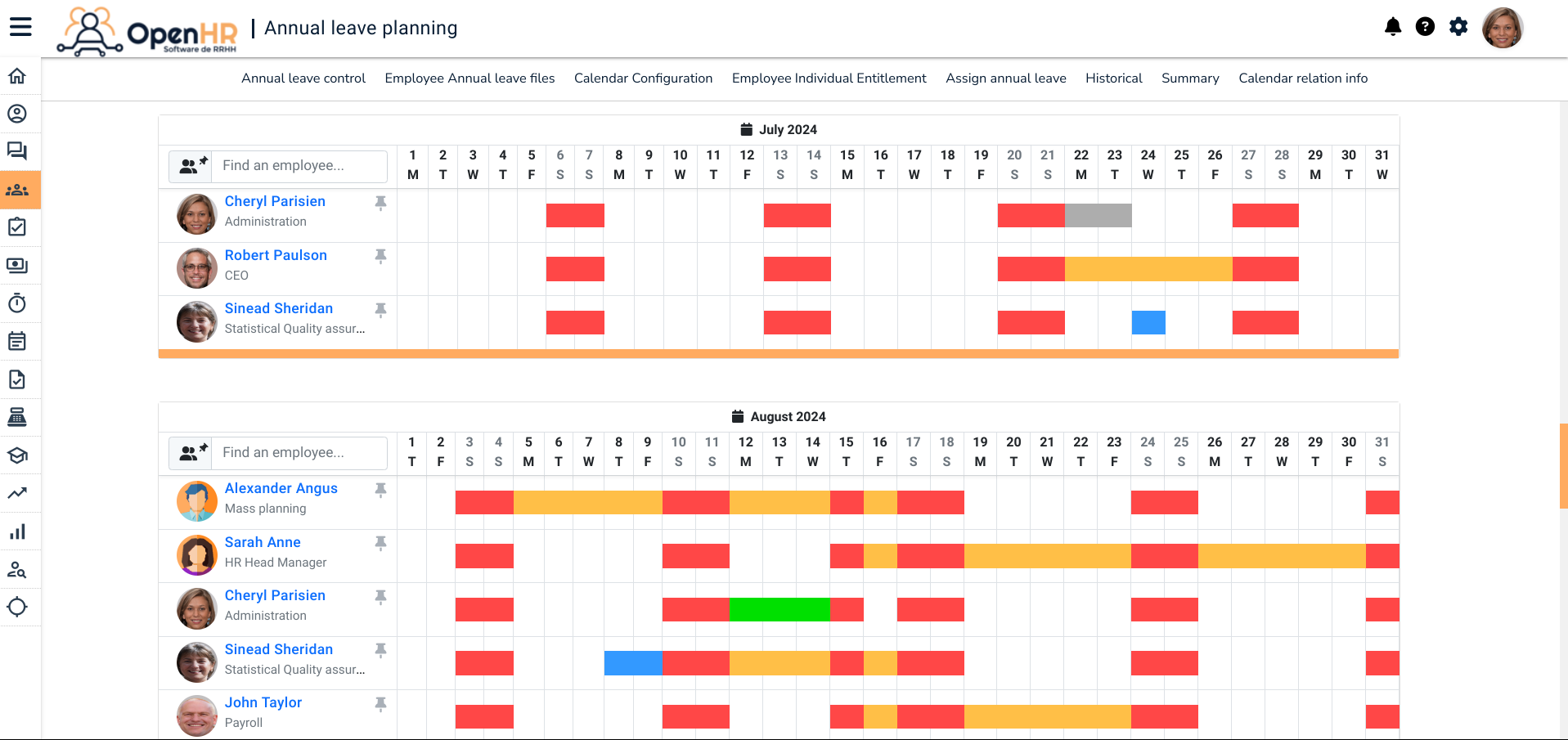Managing employee absenteeism is a critical aspect of maintaining productivity and efficiency within organisations. In the pursuit of achieving this, many companies turn to tools and methodologies that can help them effectively monitor and address absenteeism patterns. One such tool that has gained popularity in recent years is the Bradford Factor.
The Bradford Factor is a calculation method used by organisations to measure and manage employee absenteeism. It provides a numerical score that quantifies the impact of an employee's absences based on both the frequency and duration of their time off. By using this score, employers can identify absenteeism patterns, take proactive measures to address attendance issues, and ultimately foster a more productive work environment.
In this article, we will delve deeper into the concept of the Bradford Factor, exploring how it works, its benefits for organisations, and best practices for its implementation. Additionally, we will discuss how HR software can streamline the calculation process, making it easier for HR professionals to track and manage absenteeism effectively within their organisation.
Join us as we explore the nuances of the Bradford Factor and discover how it can revolutionise your approach to absenteeism management.
Table of contents:
1. What is the Bradford Factor?
The Bradford Factor is a calculation method used by organisations to measure and manage employee absenteeism. It provides a numerical score to quantify the impact of an employee's absences based on both the frequency and duration of their time off.
The Bradford Factor helps organisations identify patterns of absenteeism among employees and enables them to take proactive measures to address attendance issues. It is commonly used as part of an organisation's absence management strategy, allowing HR departments to monitor absenteeism trends, identify potential problem areas, and implement targeted interventions to improve attendance.
Overall, the Bradford Factor serves as a practical tool for organisations to manage absenteeism effectively, reduce workforce disruption, and maintain productivity levels.
2. How does the Bradford Factor works?
The Bradford Factor works through a calculation that evaluates both the frequency and duration of an employee's absences. It uses the following formula:
BF = S² × D
Where:
- S represents the total number of instances of absence (occasions when an employee is absent from work).
- D represents the total number of days absent.
By squaring the number of instances of absence and then multiplying it by the total number of days absent, the Bradford Factor gives greater weight to frequent short-term absences over occasional long-term absences. This approach helps organisations identify patterns of absenteeism among employees and take proactive measures to address attendance issues.
3. Benefits of using the Bradford Factor
There are several benefits to using the Bradford Factor in managing employee absenteeism effectively:
- Early Identification of Absenteeism Patterns: The Bradford Factor allows organisations to identify patterns of absenteeism early on. By tracking both the frequency and duration of absences, employers can spot trends and address potential issues before they escalate.
- Promotion of Attendance Awareness: The use of the Bradford Factor promotes awareness of attendance among employees. Knowing that their absences are being monitored and quantified may encourage employees to prioritise attendance and reduce unnecessary time off.
- Targeted Interventions: Armed with data from the Bradford Factor, organisations can implement targeted interventions to address attendance issues. This may include providing support to employees who are struggling with attendance, offering flexible work arrangements, or implementing incentives for improved attendance.
- Reduction in Absenteeism Rates: Studies have shown that the implementation of the Bradford Factor can lead to a reduction in absenteeism rates. By identifying and addressing absenteeism patterns, organisations can create a more productive work environment and reduce the negative impact of absenteeism on workflow and productivity.
- Cost Savings: Reduced absenteeism rates can lead to significant cost savings for organisations. By minimising the disruption caused by absenteeism, employers can avoid the need for temporary staffing, overtime expenses, and decreased productivity.
- Fairness and Transparency: The Bradford Factor provides a standardised method for measuring absenteeism, promoting fairness and transparency in attendance management. Employees can see how their absences are being quantified, which can help prevent perceptions of favoritism or unfair treatment.
Overall, the use of the Bradford Factor can help organisations effectively manage employee absenteeism, improve productivity, and create a fair and transparent work environment.

4. Implementing the Bradford Factor
As a HR software company that specialises in calculating the Bradford Factor, it's crucial to ensure that your clients are using this tool effectively and ethically. Here are some best practices for using the Bradford Factor:
- Clear Communication: Ensure that your clients communicate clearly with their employees about the use of the Bradford Factor. Employees should understand how absences are being tracked and how the Bradford Factor score is calculated.
- Consistent Application: Encourage clients to apply the Bradford Factor consistently across all employees and departments. Consistency promotes fairness and reduces the likelihood of perceived bias or favoritism.
- Training and Education: Provide training and educational resources to your clients on how to use the Bradford Factor effectively. This includes training HR staff on how to interpret Bradford Factor scores and communicate them to employees.
- Integration with HR Policies: Help clients integrate the Bradford Factor into their existing HR policies and procedures. This ensures that the use of the Bradford Factor aligns with other HR practices and processes.
- Privacy and Confidentiality: Emphasise the importance of maintaining employee privacy and confidentiality when using the Bradford Factor. Employee absence data should be handled securely and only shared with authorised personnel.
- Feedback and Support: Offer ongoing support and feedback to your clients as they implement the Bradford Factor. Address any questions or concerns they may have and provide guidance on best practices for using the tool.
- Ethical Considerations: Remind clients to use the Bradford Factor as a tool for improving attendance and productivity, rather than as a punitive measure. Encourage them to focus on supporting employees who may be struggling with attendance issues.
- Regular Review and Evaluation: Encourage clients to regularly review and evaluate the effectiveness of the Bradford Factor in their organisation. This may involve analysing trends in absenteeism, identifying areas for improvement, and making adjustments to their approach as needed.
- Use a HR software: A HR software can automate this calculation process by simply inputting the dates of each absence for an employee. The software then calculates the total instances of absence, the total number of days absent, and applies the Bradford Factor formula to generate the score. This makes it easy for HR professionals to track and manage absenteeism effectively within their organisation.
By promoting these best practices, you can help ensure that your clients are using the Bradford Factor responsibly and ethically to manage employee absenteeism effectively. This will ultimately contribute to a more productive and engaged workforce.

.png?width=1460&height=298&name=BANNERS%20DE%20CIERRE%20(7).png)